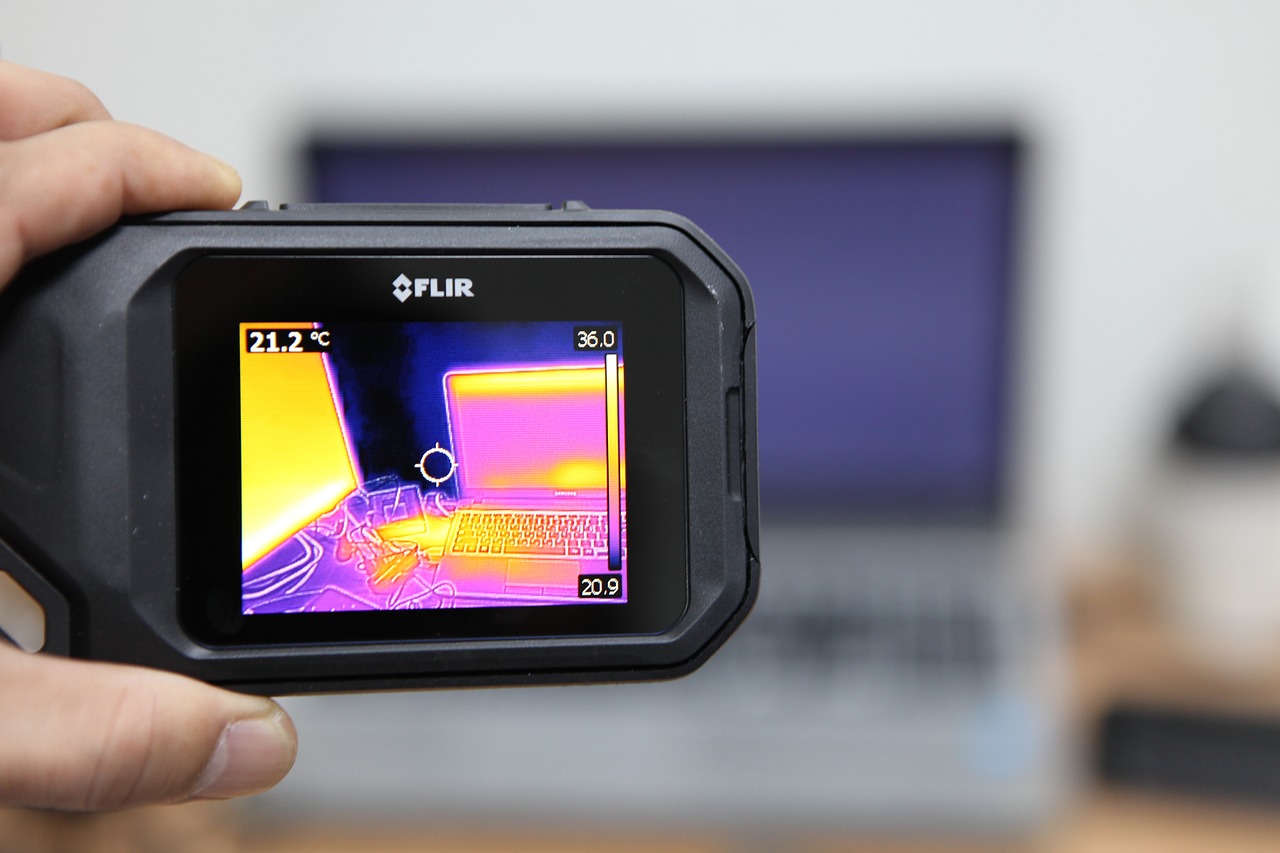This post is also available in:
 עברית (Hebrew)
עברית (Hebrew)
As fever is one of the symptoms of COVID-19, businesses have been employing thermal imaging cameras to surveil employees’ body temperatures as a tactic to mitigate the spread of the coronavirus. The technology is also offered to police departments, government agencies, schools, airlines, hospitals, etc. as a method to detect who in a crowd is likely to have a fever, and thus a possible coronavirus case.
The thermal imaging cameras market explodes as coronavirus spreads. FLIR, which makes thermal cameras for military intelligence collection and targeting, says they’ve seen an “exponential” increase in sales to industrial customers who want to scan employees for fever.
According to a nbcnews.com, a range of companies are selling thermal cameras for fever detection in the US. Surveillance tech startups have quickly launched new products and websites to jump on the opportunity to sell high-tech solutions to businesses desperate to get back to work. Other companies have long been in the surveillance camera market and were selling thermal imaging for years before the coronavirus swept the world.
Thermal imaging has been the technology behind new AI-powered smart glasses security officers in China are wearing in order to find people with a fever. The specs use a thermal imaging camera to measure someone’s temperature from up to 1 meter away. They
were developed by AI startup Rokid, which claims each set can check the temperature of several hundred people in just two minutes, according to thenextweb.com.
However, thermal imaging and virus surveillance experts claim that thermal imaging is an imprecise method for scanning crowds, and doesn’t measure inner-body temperature. They also noted that the coronavirus only produces a fever after a person is infected for days, if there are symptoms at all. A recent study in Iceland looking at tests from a sizable portion of the population found that 50 percent of everyone who tested positive were asymptomatic. Science Magazine notes that eight passengers who recently flew from Italy to Shanghai tested positive for COVID-19 after passing airport screeners undetected.


























